Abel
As Abel Fragrance enters a bold new chapter, marked by reformulated scents, circular packaging, and cutting-edge biotech, founder Frances Shoemack reflects on the journey that led here.
Frances shares how the brand is pioneering next-generation packaging and pushing the boundaries of natural perfumery to help shape the future of fragrance.
Interview EMILY PETRUCCIONE
Introduction NICOLE GAVRILLES
Images courtesy of ABEL FRAGRANCE
New Zealand is Abel’s home—its essence in every bottle. From Wellington’s rugged coastline to your family farm roots, how did that landscape shape the way you live—and inspire your vision for the brand?
New Zealanders have a deep respect for nature and a strong sense of place, but we’re also a young country of ambitious innovators who are very future‑focused. We’re shaped by the wisdom of our indigenous people as well as the generations of immigrants who travelled unknown seas to call New Zealand home.
At Abel, I see the quiet power of our people and landscape reflected in our ingredient choices and celebration of nature. I see the risk‑taking and innovation present in the way we push boundaries, seek alternatives, and adopt new technologies. No doubt our sense of place has shaped who we are today, and I hope it will continue to shape who we are in the future.
I grew up in a beautiful old home on a farm in the middle of New Zealand’s South Island—my dad a farmer and my mother a yoga teacher. She taught classes from a converted barn on the farm. My family is close and full of strong, independent women (I have four sisters and a brother), and at the core we’re creative, entrepreneurial, and deeply in tune with nature. It was a very special upbringing—one that has informed so many of my life choices, not least giving me the confidence to start a business on the other side of the world with very little relevant experience and a mission for positive change!
You’ve described the brand’s beginnings as a slow burn. What did that process look like, and how did you move from winemaking into fragrance?
The idea for Abel was very organic, intuitive. I found myself looking for a fragrance that felt aligned with my values—something natural but elevated, modern but timeless. And it just didn’t exist, I knew it was something I wanted to create and something I felt could be my life’s work.
I had recently moved to Amsterdam, and I was loving exploring a new place. I found Amsterdam and being in central Europe very creatively inspiring. I also didn’t know a lot of people there (perhaps a downside when starting a business), but the upside was that I had a feeling of ambiguity, I wasn’t being watched and therefore felt that I could explore, experiment.
I was stepping away from an industry I knew - wine, and into one I didn’t - fragrance, which of course meant I had a lot to learn, and had to find the right collaborators. We were also challenging the norm at the time which was that making 100% natural perfume wasn’t possible, so we needed time to experiment and challenge, make mistakes, test boundaries. At the same time, I was starting out my journey as a Mother and wanted to be present in those early years of my children’s lives, plus there wasn’t a lot of money to throw at the business. On so many levels it made sense for Abel to start out slow and organically. We launched one perfume our first year, our second perfume a year later. It wasn’t until we saw momentum with these two scents and a genuine desire from customers and retailers that I committed to building out an actual collection, making my first hires and finding a space (until then Abel was run out of our apartment, and I was hand sending all orders, often with a baby at my feet). Looking back, that slow build gave us strong foundations and a clarity of purpose, things that have been incredibly important as the business flourishes.
“Over a decade ago, we set out with a radical vision to create distinctive, contemporary scents for those who value authenticity over artifice, depth over simplicity. Today that vision is truly realized.”
You were searching for an elevated, truly natural fragrance—and found nothing. What did that absence in the luxury landscape unlock for you?
It revealed a gap—and an opportunity. At the time I felt a visceral response to the idea of “luxury”; it was static, synthetic, opaque, and disconnected from the natural world and in some way, humanity. It was luxury for luxury’s sake and with no care to the impact on people or planet.
Redefining luxury—into true luxury, the kind the heart and soul crave—became something I was fixated on. What if luxury were rooted in nature, guided by science, and shaped by unyielding ethics and impeccably high standards? That’s been our mission from day one: to push the boundaries of what’s possible—and, I hope, to shift the future of fragrance toward a more meaningful form of luxury.
Abel’s relaunch marks a significant evolution. What inspired this moment of reinvention—and what did you know needed to change or remain untouched?
This relaunch has been percolating in my mind for so many years. When the moment came to commit to the relaunch about three years ago, I was already 90% of the way there with how I wanted it to be. Essentially we’ve tried to improve every single touchpoint of the business whilst staying as true to the brand and mission as possible. Almost everything is an evolution, things like our logo and visual identity, evolved from a natural space of where we were. Our new formula stands on the shoulders of the originals, but has been made more powerful, concentrated and long lasting by using the latest science. Our supply chain has been reimagined at every point to have the lowest impact, at the highest quality. We’ve only been able to do what we’re doing now because of everything we’ve done until now. And in many ways I feel like we’ve both changed, and yet somehow managed to keep everything.
The reformulations rely on cutting-edge biotech ingredients. What do these tools unlock creatively—and how do they expand what’s possible within 100% natural fragrance?
Biotech is a game-changer. It allows us to use scent molecules from a plant based source (vs 95% of scent molecules that come from petrochemicals) through a high tech fermentation process. When I first started out our palette was really limited to essential oils, absolutes and concretes. These plant derived scent molecules open up many creative opportunities in a natural palette, but also give us more precision in the formulas. Allowing us to achieve more consistency, stability and higher performance. And it lets us push performance without compromising on our principles. It’s nature and science working together—and I find that incredibly exciting.
Abel delivers exceptional performance and longevity. How were you able to increase fragrance concentration without compromising scent profiles or turning to synthetics?
We worked closely with our master perfumers Isaac Sinclair and Dr Fanny Grau (Fanny is also a biochemist), using a combination of high-concentration natural extracts, upcycled natural science ingredients and biotech molecules. It took time—every formula was rebuilt from the ground up. But we never compromised. Instead, we leaned into what makes naturals special—their evolution on skin, their connection to the wearer. The result is performance that’s elevated, but still feels alive.
Nurture was the only fragrance left untouched. Why was that decision important to you?
Three mothers came together to create this very special scent that was originally designed with new and expectant mothers in mind. I collaborated with Emily Gray the founder of organic childrenswear Gray Label and Dr Fanny Grau our perfumer (who was pregnant at the time!), to conceive of this scent—a reminder for a mother to take care of herself while also taking care of her little one. The scent is intimate, personal, and gentle and while the audience for Nurture is broad these days and it has developed from its motherhood roots, it didn’t feel right to change Nurture. In fact, when we revisited the collection, Nurture felt like a quiet anchor; a reminder that sometimes, something is already complete.
How has your internal definition of ‘natural’ evolved as science and sourcing continue to progress?
I’ve learned that “natural” isn’t a static concept. While we’ve always been black and white on what it doesn’t mean - strictly no fossil fuels or petrochemicals, what it does mean is somewhat dynamic. Twelve years ago, it meant something different—more limited, more heritage, simple even perhaps. Today, it includes biotech, innovative upcycled solutions, regenerative agriculture, closed-loop low impact systems. It’s less about purity, more about responsibility. Our definition has evolved to include what is future-fit, what supports ecosystems, what reduces harm. Natural now means intelligent, adaptive, and deeply considered.
“We’ve used the latest biotechnological advances to push the boundaries of what’s possible in natural perfumery. The scents remain bold, nuanced, and instantly recognisable—but now with even more lasting power.”
Your fragrances often begin with a place or a feeling. When you’re developing a new scent, where does the creative process usually begin?
Every creative process is different, but it’s always deeply rooted in emotions, feelings, memory and the ingredients themselves. Sometimes it’s a feeling, memory or place we wish to evoke, or a feeling we wish to distill. From this original and somewhat esoteric place, we start to build the olfactive structure. It’s a very intuitive process, full of conversation and experimentation. Sometimes it happens playfully, organically, easily. Other times it takes many years and tangents. Isaac and Fanny always bring a certain technical, creative and thoughtful approach to the process that grounds it in the perfumery language from the get go, without losing the magic that comes from the experimentation and free flow of ideas.
The current assortment feels distilled and intentional. What ties these scents together— and are there any you personally return to again and again?
Our history of retiring scents rather than ballooning the collection means they’re incredibly intentional. We are very strict about what we launch and many ideas fall along the wayside in our quest for quality over quantity. I would say that each of the scents has a strong, singular point of view. They’re not trying to be everything to everyone. I wear every scent in our collection, and adore them all for different reasons. However there are a couple that are close to my heart. Cyan Nori with its vibrant, briny oceanic energy is a daily go to, it never fails to make me feel bright, alert and ready to face the day. Green Cedar has a special place in my heart, one spray and I immediately feel grounded and where I’m meant to be. Others like The Apartment and Coat Check which are more conceptual I wear less often, but are key to elevating an evening out, or a special occasion.
Isaac Sinclair is known as New Zealand’s master perfumer. How does your collaboration with him shape the creative direction and unique character of Abel’s scents?
When Isaac came on board for what was then just a pipedream to start a fragrance house fifteen years ago, it was the first moment in which I let myself believe that this slightly absurd dream might become a reality. He’s been an incredible presence in the brand ever since. We’ve had to learn natural perfumery together—for him, having to cast aside many of the tools he’s been taught and relies on in ‘normal’ perfume creation. For me, leaning on him to learn and grow my understanding of the olfactory, whilst challenging norms that felt out-dated or not aligned with our values.
I remember hearing him talk about Abel as being his creative outlet where he gets to be more experimental and directional than he normally would when creating scents for brands. He will completely unpick a scent back to its essence in the final stages of development to ensure there’s not a single superfluous ingredient in the final formula, or rigorously test several different sources of a single ingredient to ensure we’re using the absolute best for that composition.
“Fully bespoke and boldly recognisable, we’ve completely reimagined our packaging. We’ve harnessed biodegradable and recyclable monomaterials, and localised our supply chain to significantly reduce our environmental impact.”
The new packaging took three years to develop. What was your vision—and how do you define circular luxury in practice?
The vision was to create the utmost quality feel and experience with the most minimal impact and footprint. This meant paring back every single component and thoughtfully redesigning and relentlessly sourcing the best options then bringing them altogether in a single idea. In a similar way to how we design our fragrances where it’s a balance of letting the raw materials sing whilst presenting a cohesive overall vision, it was the same with the packaging.
With recycled glass, compostable caps, and fully recyclable boxes, the materials are, as you say, quietly radical. What were some of the biggest surprises—or creative constraints—you had to work through?
So many, but what always surprises me is how constraints actually made the design better—less is more—more honest, more thoughtful. A highlight was working with British paper makers GF Smith on a bespoke Colourplan paper. We not only created the exact unique dye colour, we dictated the exact paper composition - selecting a special blend of 60% recycled coffee cups, 40% recycled wood pulp, that had texture but still good structure. We tested many and selected the exact paper weight to be as thick as possible without losing the ability to fold and therefore be low carbon shipping. We then specified the exact sheet dimensions to ensure the least possible paper wastage during production. Getting to dig so deeply into every aspect of the development like this was a thrill for a product design geek—a total exercise in design thinking and designing for circularity.
Transparency is central to Abel’s ethos—from ingredient sourcing to sharing packaging missteps. How has that openness shaped trust and connection with your community?
Transparency builds trust. People don’t expect perfection and in fact realise that perfection is unattainable but what they want is effort and honesty. By sharing our journey, even the messy parts, we invite our community into the process. That vulnerability has created a sense of shared ownership and a feeling that ‘we’re in this together’.
What does radical fragrance mean to you— and how does that idea guide the brand’s dayto-day decisions?
A radical thinker is someone who challenges fundamental assumptions and conventional wisdom, often proposing transformative ideas that go to the root of issues. I think a radical brand does that too and it’s radical brands and the people behind them that can change whole industries and shape a better future. To us Radical Fragrance is all that, and more. It’s about refusing to accept the industry status quo. It’s asking: how can we make this better—for people, for the planet, for the craft and creative process itself? Every decision, big or small, runs through that lens. It’s not about being loud or disruptive for the sake of it. It’s about being deeply aligned with our purpose and in doing so, shifting an industry.
You’ve described the new packaging as “future-proofed.” what innovations or shifts in the industry are you most excited to explore?
Fragrance is breaking free from old-school luxury conventions and embracing conscious innovation—we’re thrilled to be leading that transformation. Our focus remains securely fastened on fragrance as a category, but we’re reimagining everything: how it’s applied, how customers find us, and how scent becomes part of their daily ritual. Every innovation serves a purpose and makes an improvement to either the lives of our customers or the health of the planet.
And finally—what’s pulling you forward right now? What’s next for Abel, and how do you plan to continue defining the modern‑luxury benchmark for fragrance?
What pulls me forward is this desire to keep refining—to keep asking, “how can we do this better?” We’ll continue innovating around scent, sustainability, and storytelling. But more than that, I want Abel to be a brand that leads with care. That’s the benchmark I want to set: one where modern luxury is not just beautiful, but meaningful.
Over a decade ago, Abel set out with a bold vision: to create distinctive, contemporary scents using only 100% natural ingredients. Today, this vision comes to life by harnessing the expertise of master perfumers, the latest biotechnology and low impact packaging. For more information, visit abelfragrance.com
Campaign images and portraits by Ana Kraš
Follow on instagram @abelfragrance
–
Interview published for ONE Magazine Online and special edition zine for Abel Fragrance, in partnership with One Magazine
YOU MIGHT ALSO LIKE

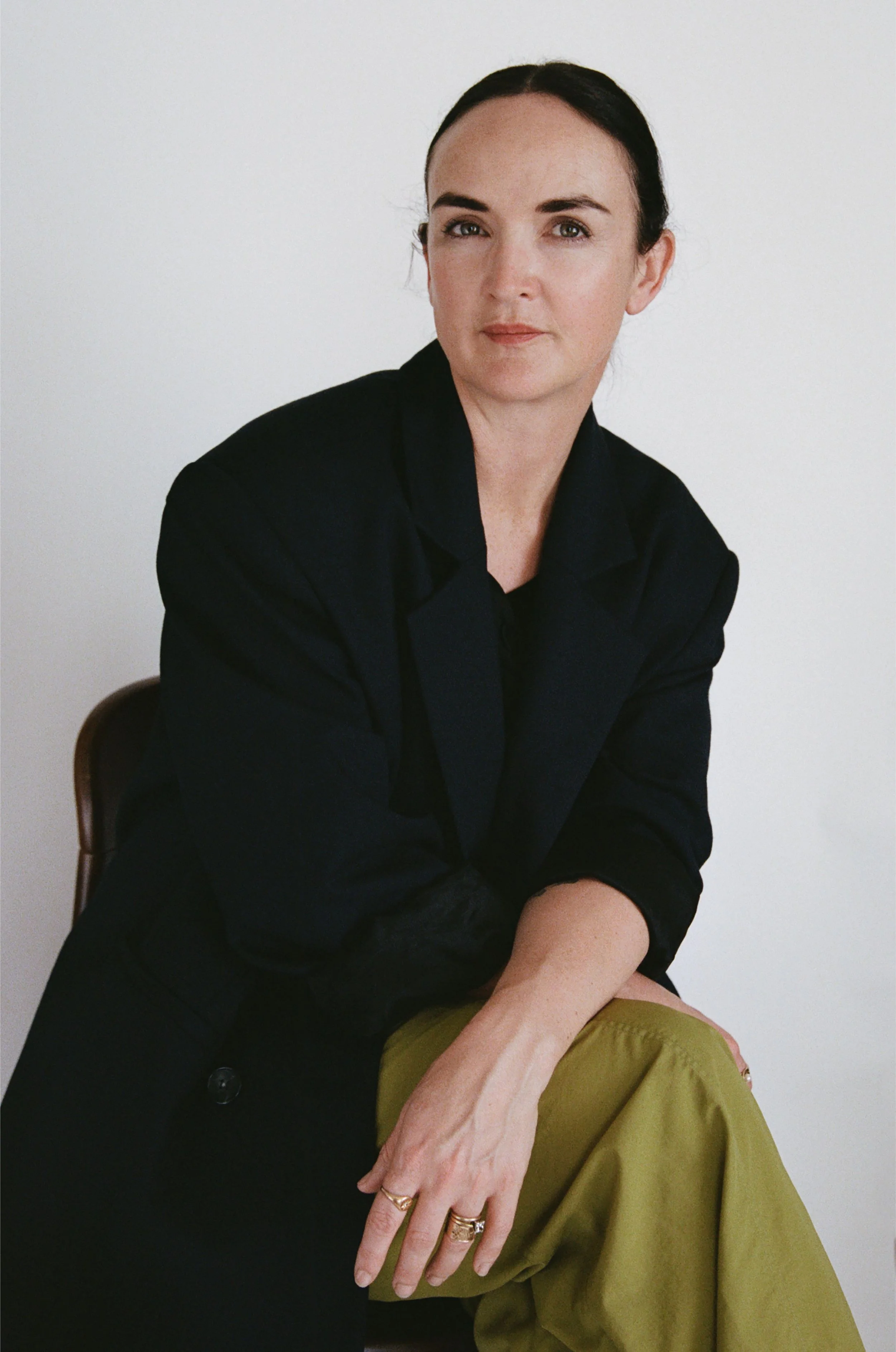


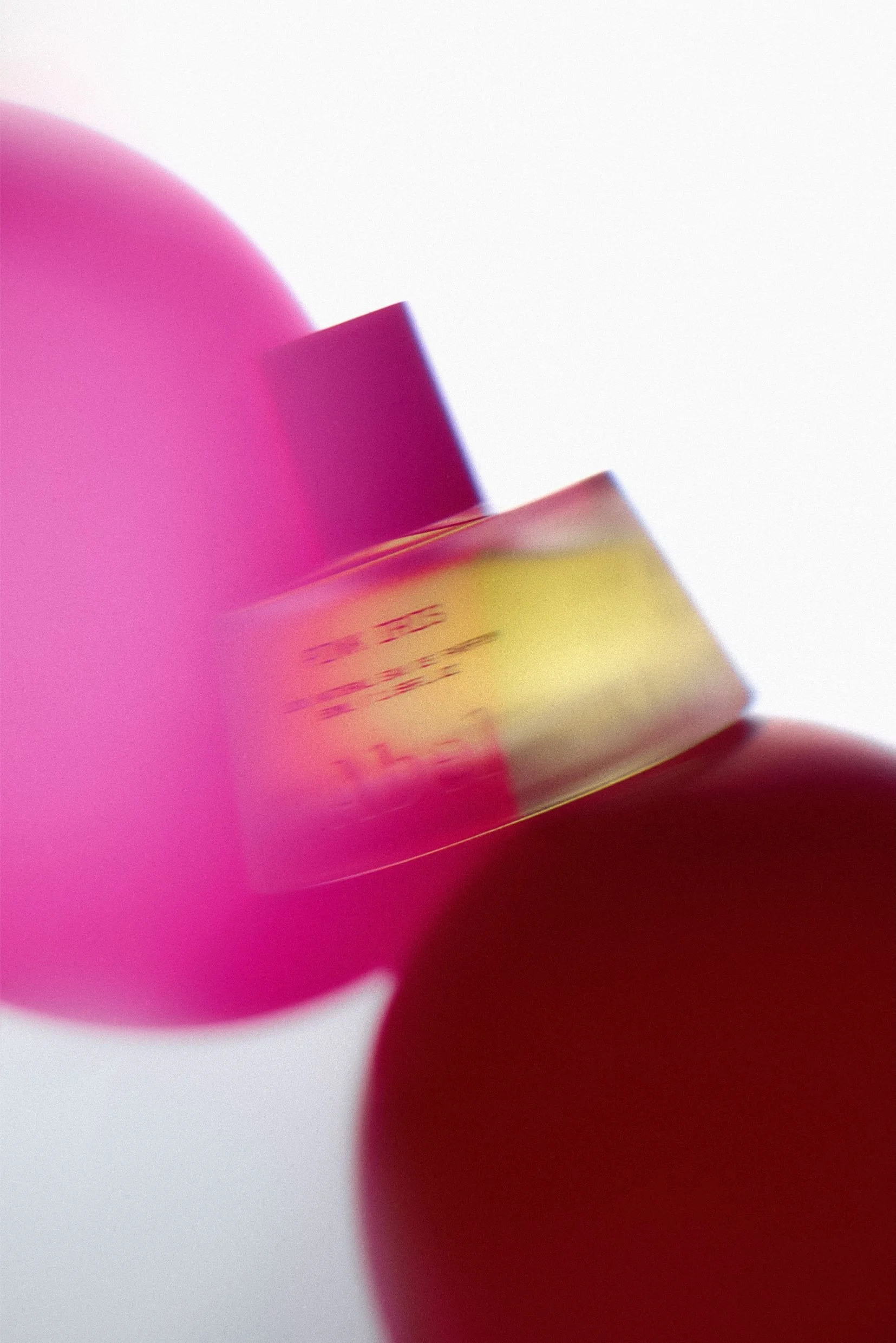




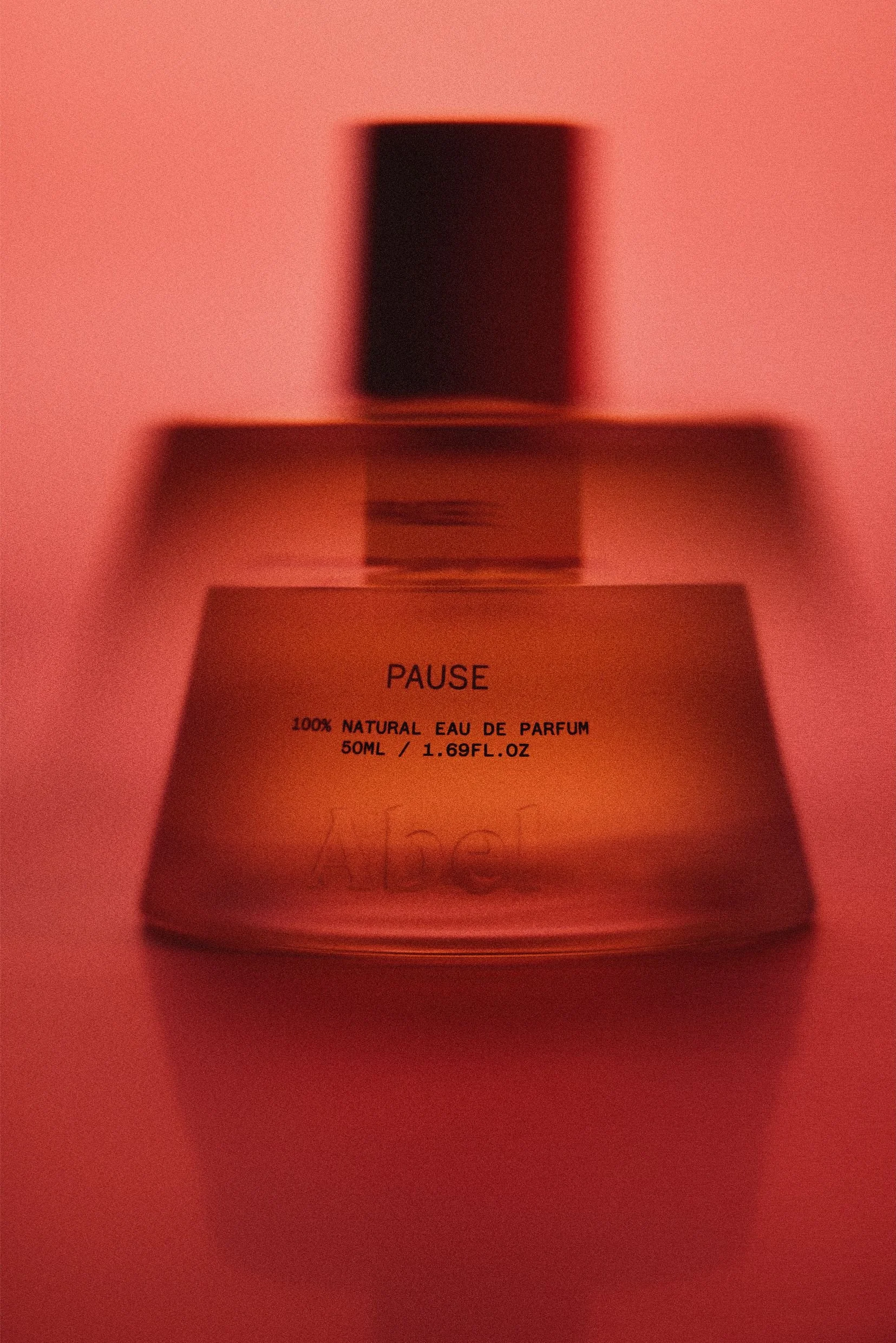

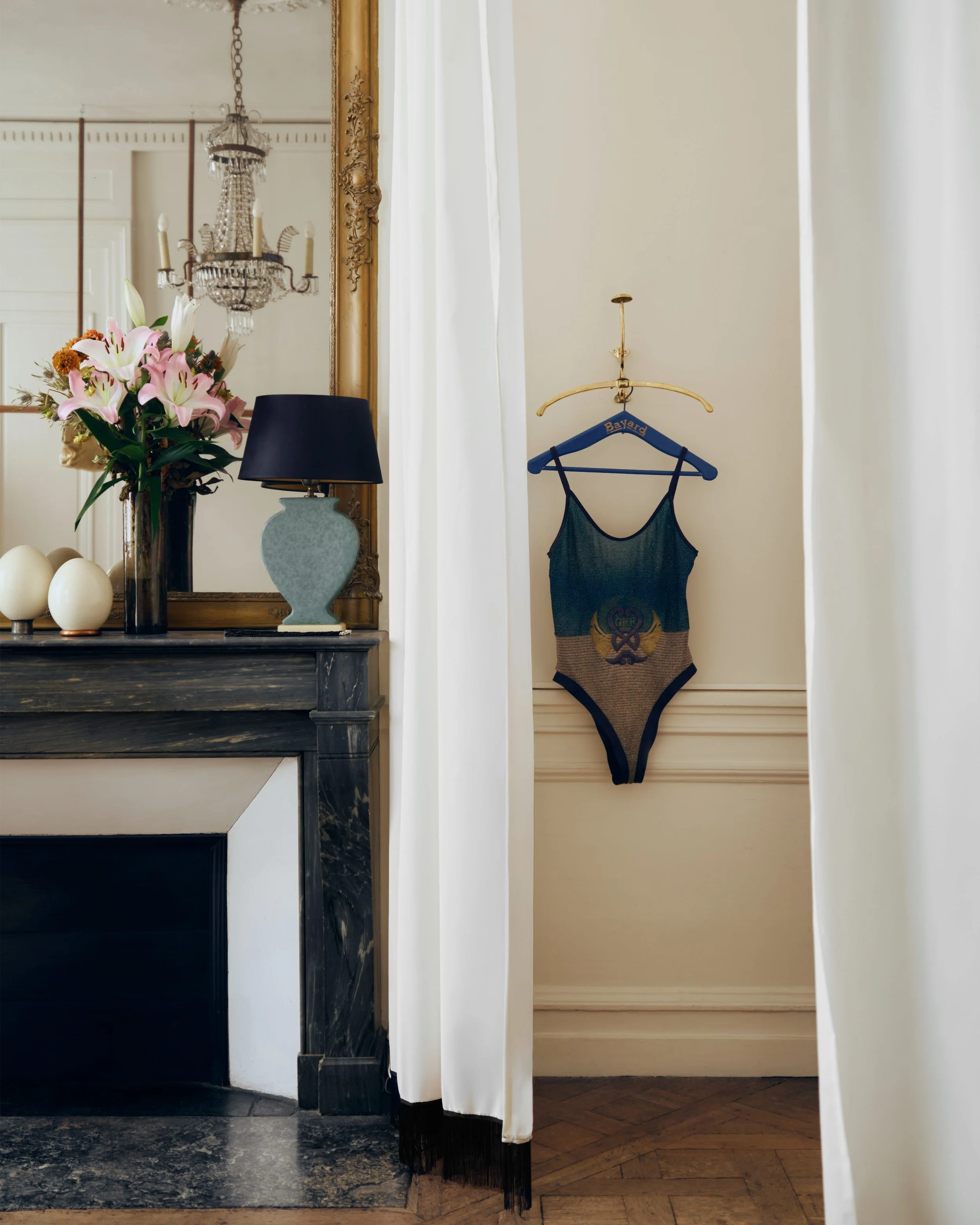


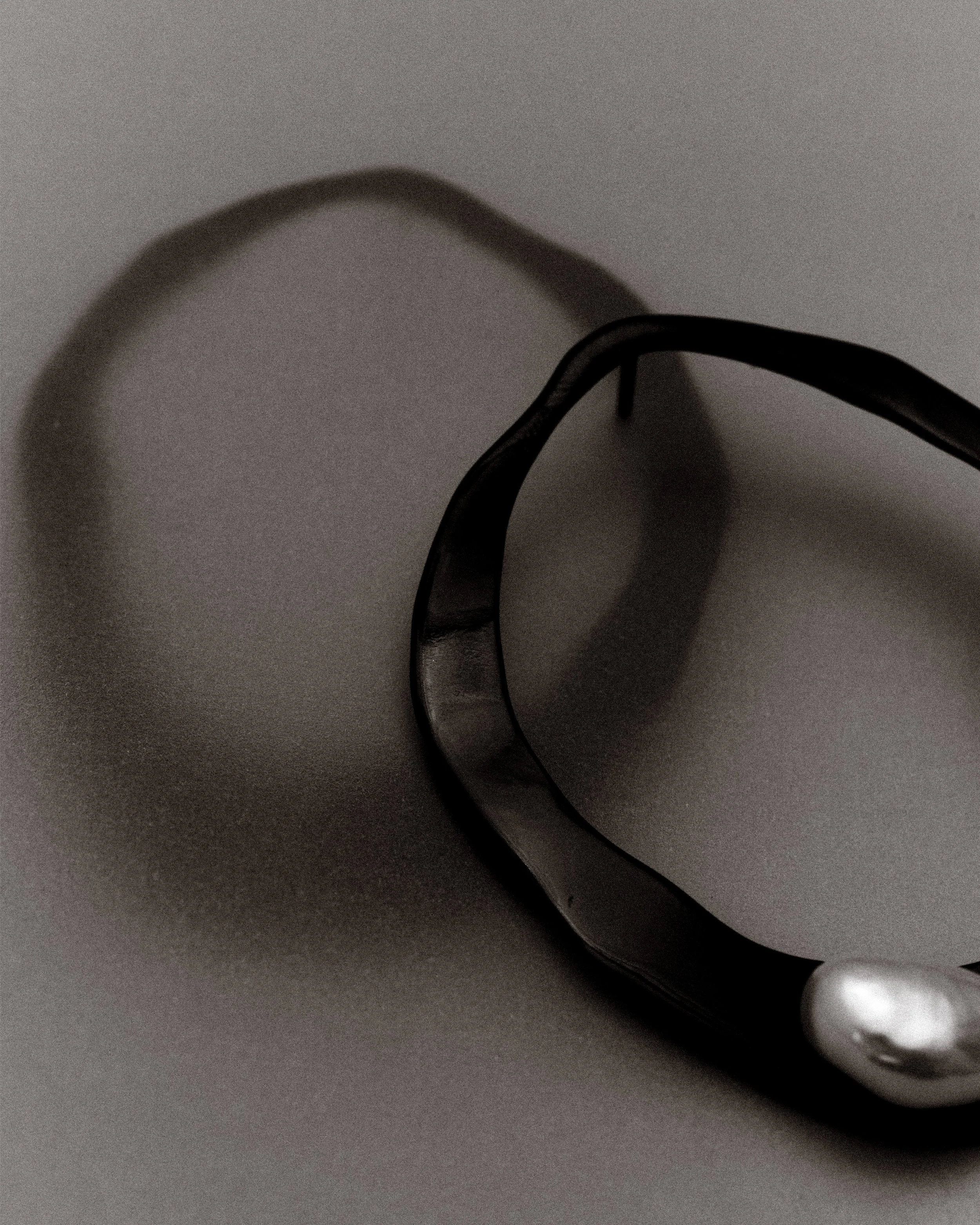
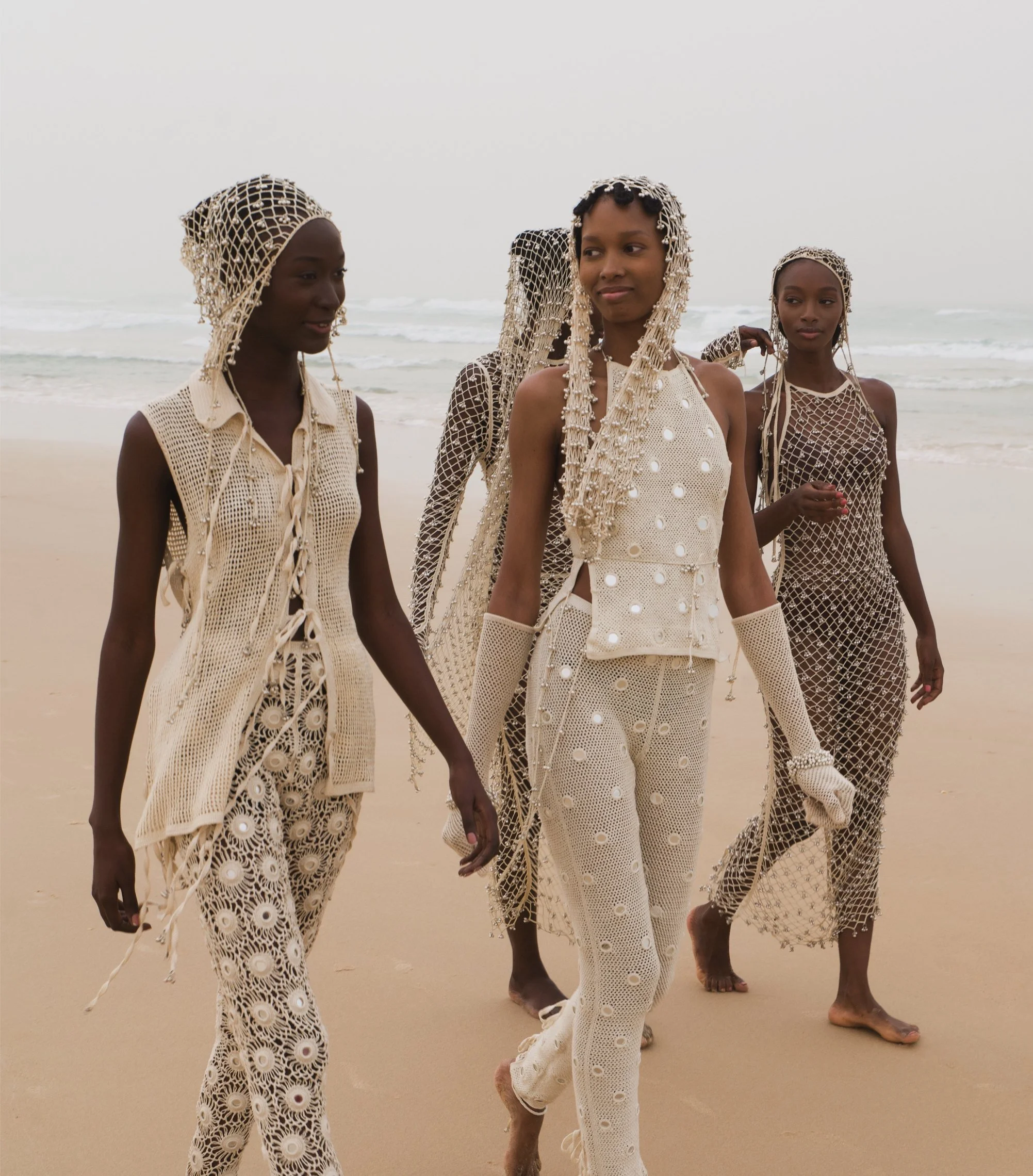

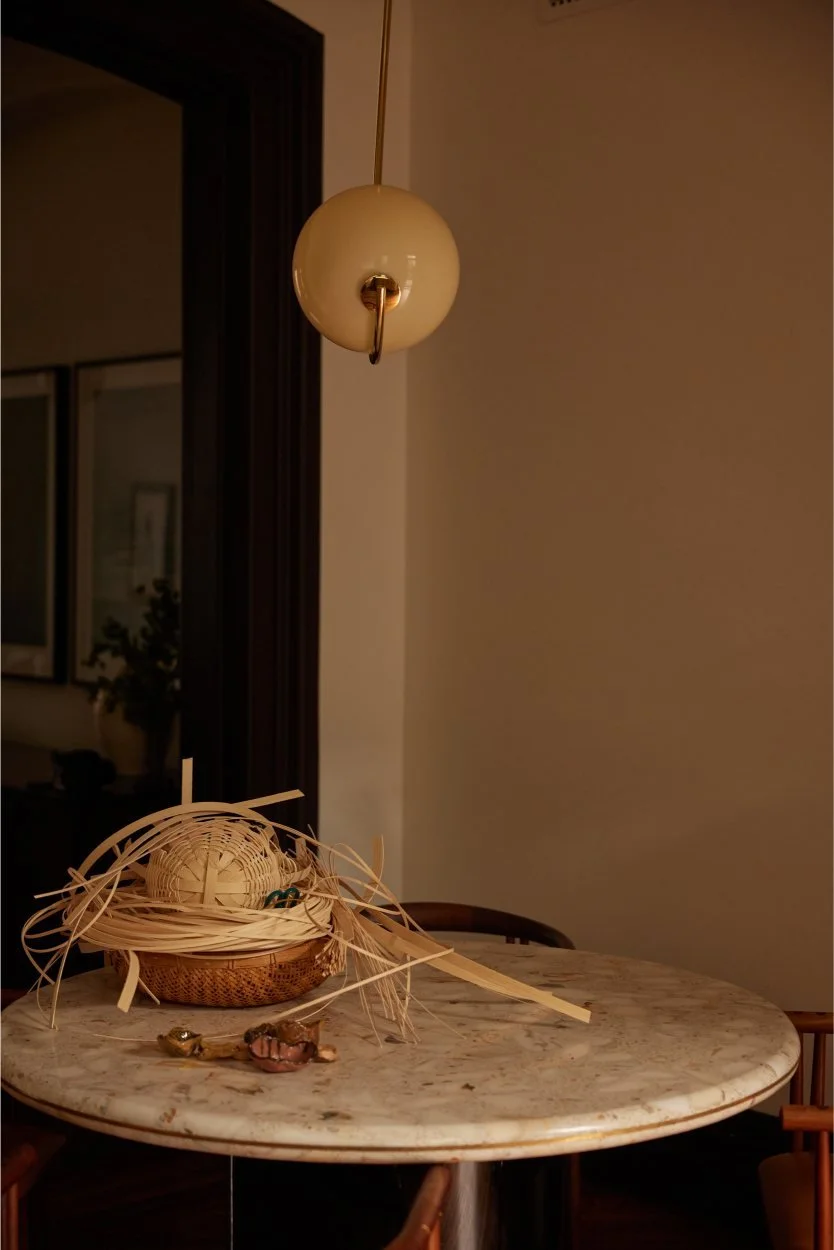
We spoke with founder Erika Geraerts about her mission to challenge conventional beauty narratives through thoughtful design, transparent storytelling, and fewer-but-better products.